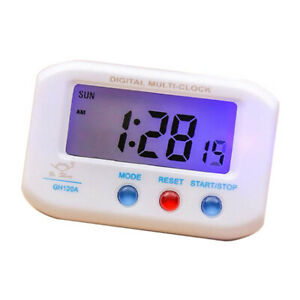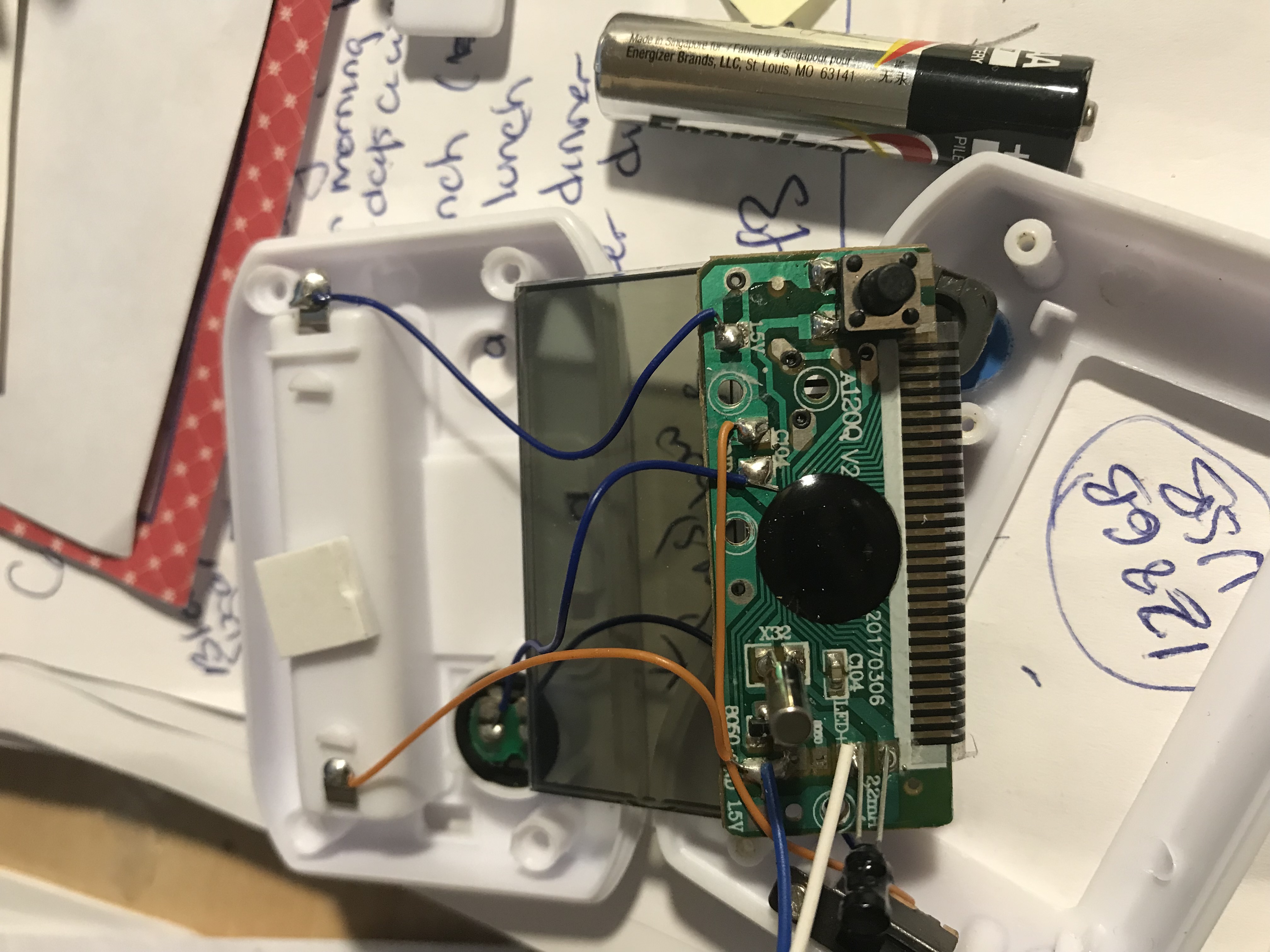victor6799
Junior Member level 2
I took apart a $5 travel alarm clock as shown in the picture below. I wanted to know what sort of chip(s) are being deployed by this clock to display the time. Does it use a microprocessor or a CPU core ? How many die, layers would be found embedded in the central chip that is used in this travel clock.


Last edited by a moderator: